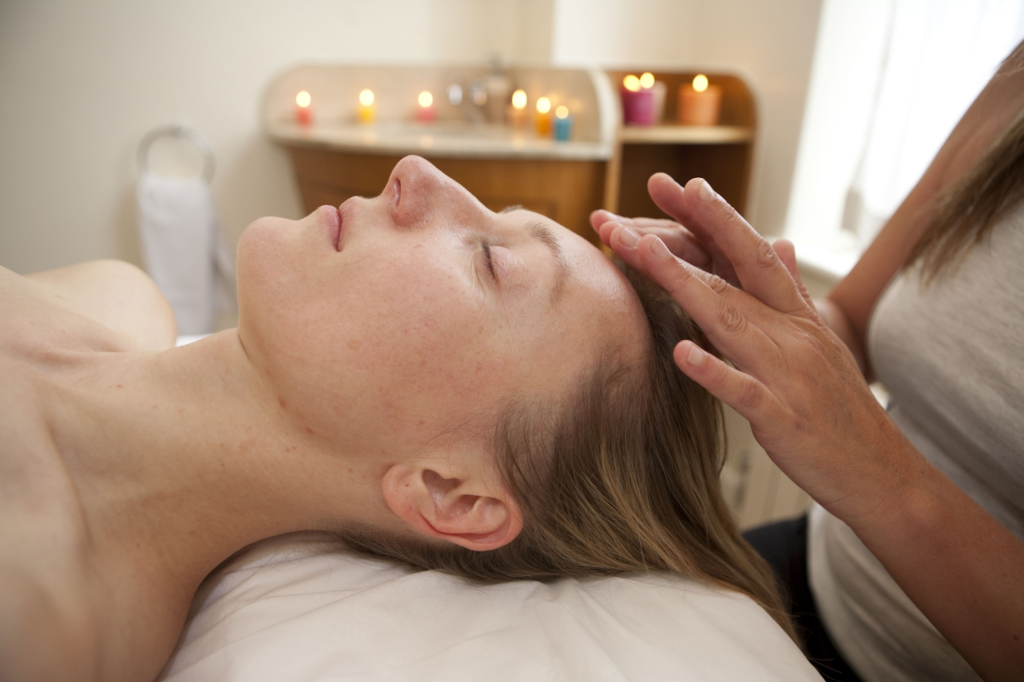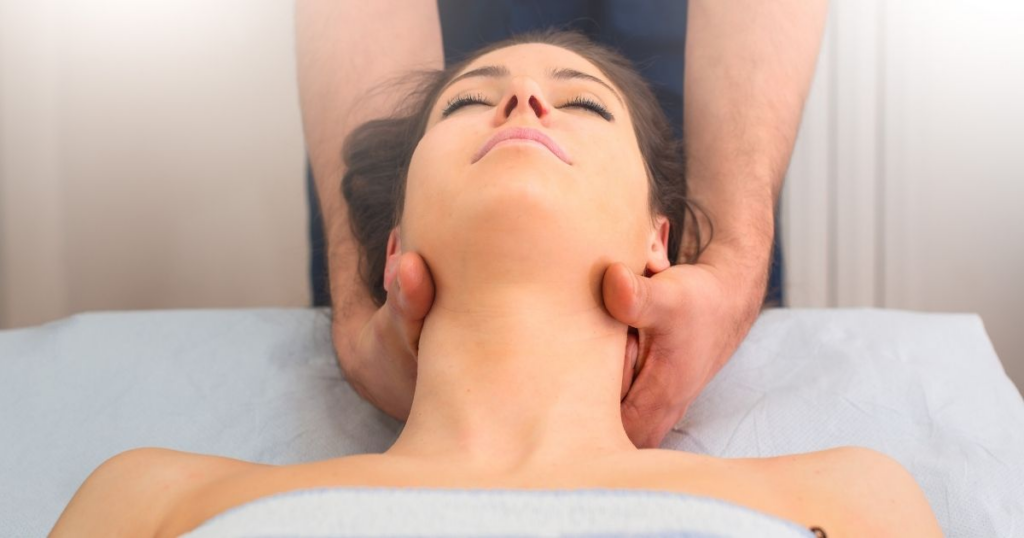
Cranial sacral therapy is characterized as a gentle and non-invasive technique that is well-accepted as being safe. Nonetheless, like all forms of treatment, it is crucial to be aware of the risks, side effects and safety measures to mitigate its adverse effects.
This guide addresses common concerns that those contemplating this therapy may have. We’ll cover the rare risks, contraindications for the therapy, and required precautions, so you will not have to second guess your decision for your health.
What are the possible risks associated with cranial sacral therapy?
Generally, cranial sacral therapy is safe, but the side effects of such therapy can lead to discomfort or a mild headache on rare occasions. A few patients still experience mild side effects post-treatment such as headache, discomfort, or fatigue but such symptoms are not long lasting.
People with circumstances such as recent head traumas, intracranial aneurysms, and blood clotting conditions may have additional risks. However, anyone with such conditions should consult a physician before treatment initiation because cranial massage may not be appropriate for them.
What are the possible side effects associated with cranial sacral therapy?
The possible side effects of cranial sacral therapy are discomfort, headache, and fatigue. Most of these symptoms are self-limiting and last for a maximum of about a day since it takes time for the body to get used to the therapy. Some people might experience emotional sensitivity, increased relaxation, or only be able to move with less effort after the treatment.
If these effects do not go away or if they worsen, it would be best to seek the therapist or health care provider’s opinion to find out whether there is a need to change something in the therapy itself.

Who should avoid cranial sacral therapy?
Patients who have experienced recent head injury, have active infections present in the body, or have intracranial aneurysms and conditions characterized by pressure of cerebrospinal fluids should avoid this therapy because of the potential complications that may arise.
It’s important for patients suffering from such conditions to speak to a physician about the suitability for taking cranial sacral therapy. Sometimes, other methods that do not contain cranial sacral technique may be suggested for safety. Open communication with your therapist and medical provider is essential to protect your health.
Are there any long-term effects of cranial sacral therapy?
Craniosacral therapy is hardly associated with any long-term side effects. Generally, patients feel only a little headache or fatigue after craniosacral therapy which only lasts for a short duration and subsides after a single day. On the other hand, it is advisable that your therapist and you see a medical specialist should the discomfort persist for a longer period.
Chronic or continuing pain after therapy may suggest that you should stop therapy, or one or more of your treatment methods should be changed. To conclude, adverse effects are quite rare in terms of long lasting effects if a therapist skilled in doing the treatment is thorough in the techniques.
Are there any measures that one must consider prior to undergoing cranial sacral therapy?
You should always check with your healthcare provider before you start cranial sacral therapy, particularly when you are suffering from any serious medical ailment. Make sure you tell everything that relates to your medical history to your therapist so that he or she is able to design the treatment that addresses the concerns you have in a better way.
In addition, mention any medications or drugs that you are using, as they may affect the outcome of the therapy attachments. There is no doubt that cranial sacral therapy between you, your therapist, and your doctor is communication at its best.

Does cranial sacral therapy make some conditions worse?
This modality might be contraindicated for clients with specific conditions such as recent head trauma, aneurysms, and active infections, as this may aggravate symptoms and complications arise with manipulations of cranial and spinal areas due to the sensitivity or injury of already injured structures.
These are medical conditions that require a general practitioner’s advice before the start of cranial sacral therapy. Sometimes, other complementary treatments may be safer for the individual, or there may be ways to adapt the therapy to avoid adverse risks. Appropriate medical advice will go a long way in ensuring the safety of the therapy for every different health situation of an individual.
In Conclusion
Understanding risks, side effects, and the basic precautions taken in cranial sacral therapy is always the best way to ensure safety and effectiveness during a treatment session. Generally, it is a low-risk therapy; however, there are some conditions that demand great attention. Minimizing risks in this very gentle therapy might be done by selecting a qualified therapist, communicating openly about your health, and taking the right precautions. Always consult with your healthcare professional for any further questions or if you have had or have any medical concerns.

